Experts Warn: 22 Natural Foods That Can Raise Blood Pressure, And 5 That Are Even More Harmful
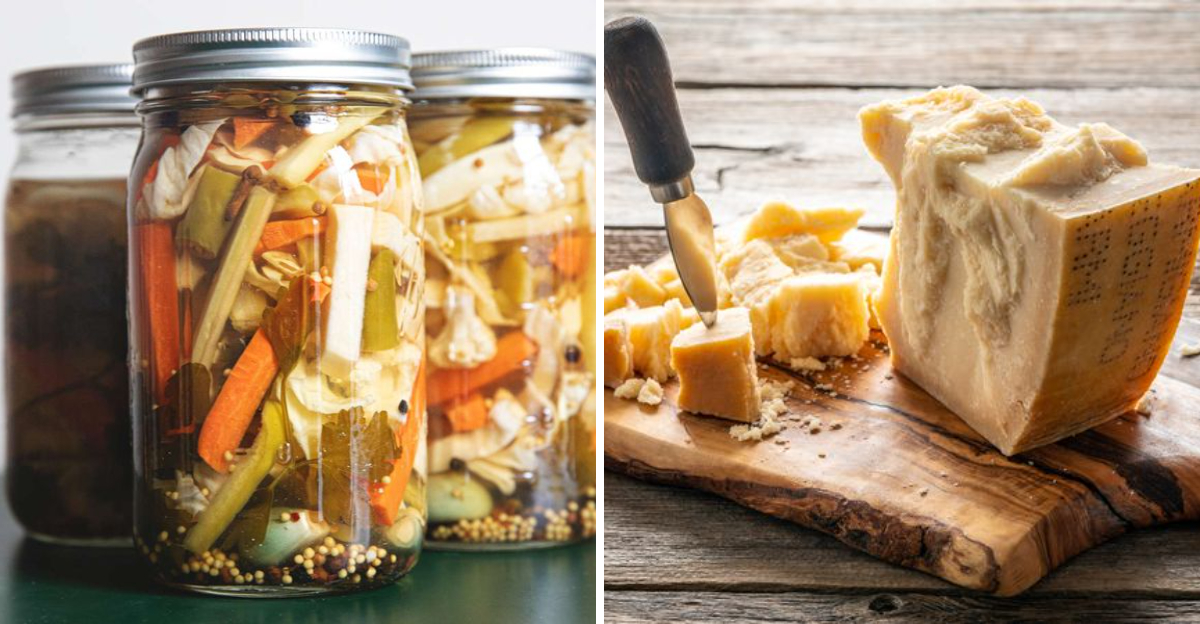
Just because a food is “natural” doesn’t mean it’s automatically heart-healthy. In fact, some seemingly wholesome foods can quietly sabotage your blood pressure—especially if you’re sensitive to sodium, caffeine, or hidden stimulants. Here’s a list of 22 natural foods that could be contributing to hypertension, plus 5 heavy-hitters that are even more problematic.
1. Canned or Pickled Vegetables

Canned or pickled vegetables might seem like a convenient way to add nutrition to your diet, but beware of the sodium lurking in the brine. These veggies often swim in a sea of salt and preservatives, which can raise blood pressure. Even though they retain vitamins, the added sodium can be a hidden peril for those sensitive to hypertension. If you’re watching your blood pressure, fresh or lightly steamed vegetables are a better option. Consider making your own pickles with less salt or enjoy them in moderation.
2. Deli Turkey and Chicken

While deli turkey and chicken can be a quick protein fix, they often come with a hefty dose of added salt. This salting process enhances flavor and extends shelf life, but it can also contribute to elevated blood pressure levels. The convenience of these sliced meats is undeniable, but opting for freshly cooked poultry with herbs and spices allows for better control over sodium intake. Remember, moderation is key when incorporating deli meats into your diet.
3. Cottage Cheese

Cottage cheese is a popular choice for its high protein and calcium content, but many brands can be surprisingly high in sodium. This hidden salt can pose a risk for those managing blood pressure levels. The texture and flavor make it a versatile ingredient in many dishes, yet it’s essential to choose low-sodium varieties whenever possible. Pairing it with fresh fruit can provide a delightful contrast and a healthier balance.
4. Salted Nuts

Salted nuts are a nutritious snack option, rich in healthy fats and proteins. However, the roasting and salting process can quickly elevate your daily sodium intake, potentially affecting blood pressure. Choosing unsalted or lightly salted versions can help you enjoy the benefits without the added risk. Nuts like almonds, cashews, and peanuts can be enjoyed in moderation as part of a balanced diet, providing energy and satisfaction.
5. Sauerkraut

Sauerkraut, known for its probiotic benefits, can also be a significant source of sodium. This tangy, fermented cabbage dish is beloved in many cultures but often carries a heavy salt load unless homemade. Fermentation enhances its flavor and health benefits, but commercially prepared versions may not be as heart-friendly. Creating your own sauerkraut allows control over the amount of salt used, making it a healthier choice.
6. Natural Licorice Root

Natural licorice root, cherished for its sweet flavor and medicinal uses, can lead to potassium loss and sodium retention. These effects may increase blood pressure, especially in those with hypertension. Often used in teas and candies, licorice root’s unique taste can be both a treat and a threat. Moderation and awareness of its impact on blood pressure are essential for enjoying this herb safely.
7. Hard Cheeses (like Parmesan or Feta)

Hard cheeses like Parmesan or Feta are known for their intense flavor and crumbly texture. Yet, their saltiness can be a concern for individuals with high blood pressure. These cheeses add a savory kick to dishes but should be used sparingly to avoid consuming excess sodium. Exploring low-sodium alternatives or using smaller portions can help manage blood pressure while still enjoying their distinct taste.
8. Tomato Sauce (Jarred or Canned)
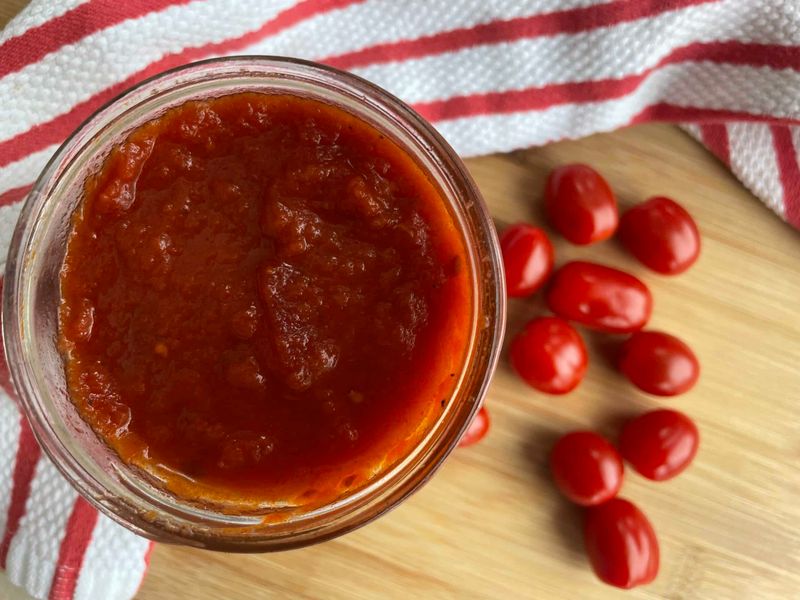
Tomato sauce, whether jarred or canned, is a staple in many kitchens. While tomatoes themselves are heart-healthy, the sauces often contain high levels of sodium to enhance flavor. This can pose a risk for those watching their blood pressure. Making homemade sauce with fresh tomatoes and herbs can offer a delicious alternative with reduced sodium content. Enjoying tomato sauce in moderation is key to a balanced diet.
9. Sun-Dried Tomatoes
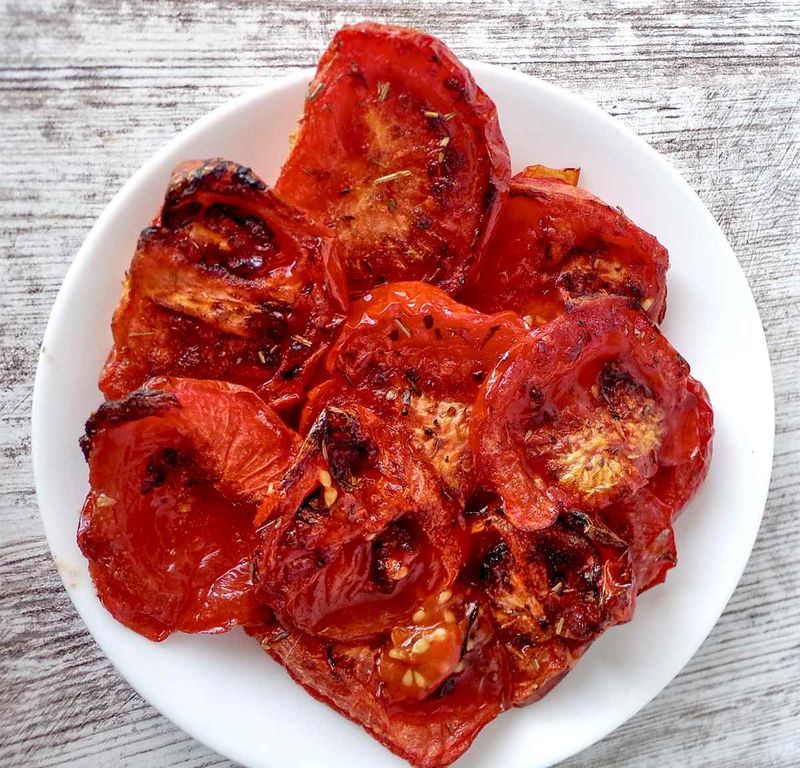
Sun-dried tomatoes add a burst of flavor and texture to dishes but may come packed with added salt or preservatives. These dried delights can elevate a meal, but the sodium content is something to watch if you’re monitoring blood pressure. Opting for sun-dried tomatoes without added salt or rinsing them before use can help mitigate some of the risks associated with their consumption.
10. Salted or Smoked Fish (like Lox or Anchovies)

Salted or smoked fish such as lox or anchovies are beloved for their rich flavors and omega-3 fatty acids. However, these seafood options are also notorious for their high sodium content. This can be detrimental to those managing hypertension. Enjoying these fish in moderation and balancing them with low-sodium foods can provide a satisfying, heart-healthy meal. Consider fresh alternatives when possible.
11. Soy Sauce and Miso Paste

Soy sauce and miso paste are essential in many Asian cuisines, offering depth and umami flavor. However, their sodium levels are significantly high, making them a concern for blood pressure. Even small amounts can exceed daily sodium recommendations. Opting for low-sodium versions or using them sparingly can help maintain flavor without compromising health. Balancing with fresh ingredients is crucial.
12. Canned Beans (not rinsed)
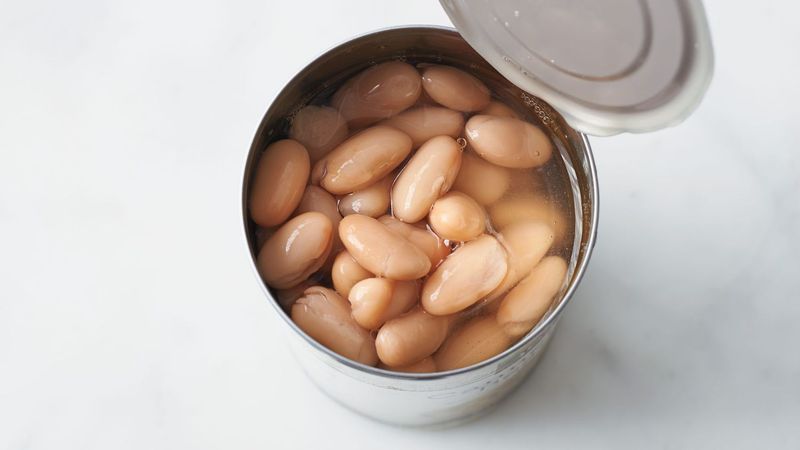
Canned beans are a convenient and nutritious addition to meals, rich in protein and fiber. Yet, the liquid they come in is often loaded with sodium. Rinsing the beans thoroughly before adding them to dishes can significantly reduce sodium content, making them a healthier option. For those mindful of blood pressure, choosing low-sodium canned beans or cooking dried beans from scratch is advisable.
13. Beef Jerky

Beef jerky is a popular snack known for its high protein content and savory flavor. However, the process of preserving it involves significant amounts of salt, which can raise blood pressure. While convenient for on-the-go snacking, it’s wise to consume it sparingly. Exploring homemade versions with less sodium or selecting low-sodium commercial options can offer a healthier alternative without sacrificing taste.
14. Whole Wheat Bread
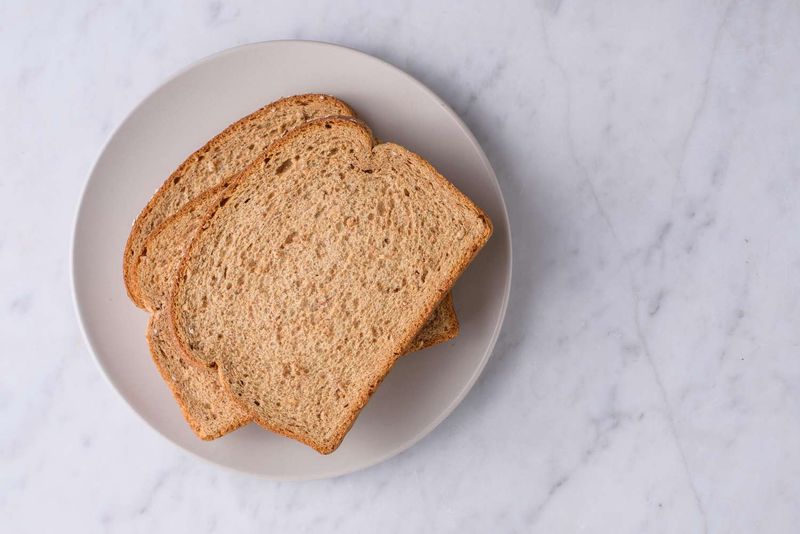
Whole wheat bread is often praised for being healthier than white bread, but even nutritious-looking loaves can harbor hidden salt. The sodium content in bread can add up, affecting those sensitive to hypertension. Checking labels for low-sodium options or baking your own bread can provide more control over sodium intake. Balancing with other low-sodium foods and fresh vegetables enhances heart health.
15. Energy Bars and Protein Shakes

Energy bars and protein shakes are popular among fitness enthusiasts for their convenience and energy-boosting properties. However, some varieties contain high sodium levels and hidden caffeine, which can impact blood pressure. Reading labels carefully and choosing products with lower sodium and natural ingredients can help mitigate these risks. Incorporating them into a balanced diet requires mindful selection.
16. Caffeinated Teas (like black or yerba mate)

Caffeinated teas such as black tea or yerba mate are cherished for their rich flavors and invigorating effects. However, caffeine can raise blood pressure in sensitive individuals. Enjoying these teas in moderation and being mindful of caffeine intake throughout the day can help manage any potential effects on blood pressure. Exploring herbal tea alternatives might offer a soothing, caffeine-free option.
17. Green Juices (with added celery or beetroot)
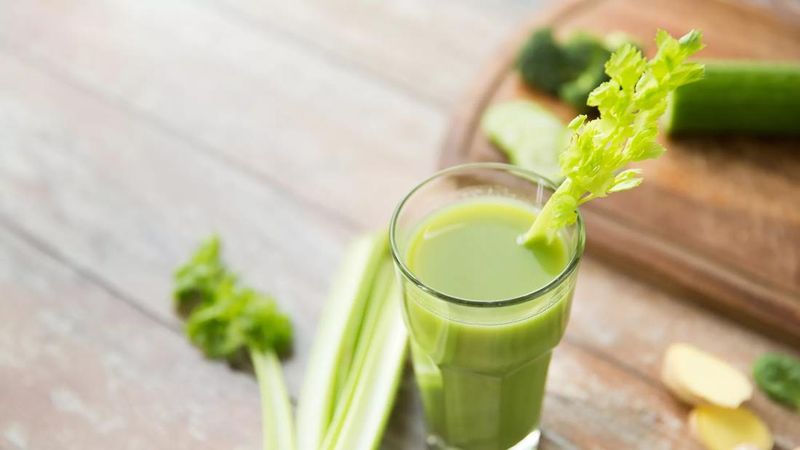
Green juices featuring celery or beetroot are lauded for their health benefits, yet their sodium and nitrate content can be problematic for some. These ingredients contribute to the juice’s unique flavor but can affect blood pressure if consumed excessively. Balancing with other low-sodium vegetables or enjoying these juices in moderation can help harness their benefits without adverse effects.
18. Tofu (in prepared dishes or packaged)

Tofu is a versatile, plant-based protein often cooked with salty sauces or packaged with added sodium. While tofu itself is heart-friendly, the accompanying seasonings can pose a risk for blood pressure. Choosing plain tofu and preparing it with fresh herbs and spices can offer a flavorful, low-sodium meal. Being cautious of pre-made tofu dishes can help maintain heart health.
19. Vegetable Chips

Vegetable chips present as a healthy snack, yet many are fried and heavily seasoned with sodium. The appealing crunch and flavors can quickly lead to overconsumption, impacting blood pressure. Opting for baked versions or making your own chips with minimal salt can provide a satisfying snack without the hidden risks. Moderation and label-reading are essential when selecting these snacks.
20. Buttermilk

Buttermilk is celebrated for its creamy texture and calcium content, yet it’s naturally salty, especially when store-bought. Consuming it in moderation is crucial for those monitoring blood pressure. Using it in cooking rather than as a standalone drink can help control intake. Exploring low-sodium alternatives or homemade versions offers a heartier option without compromising on flavor.
21. Frozen Veggie Burgers

Frozen veggie burgers provide a quick and easy meatless meal option, but many are loaded with sodium and preservatives to enhance flavor and texture. Checking labels for low-sodium options and incorporating fresh vegetables into your meal can help balance sodium intake. Homemade veggie burgers offer a customizable, healthier alternative that allows control over ingredients and seasonings.
22. Almond Butter (Salted versions)

Almond butter, especially salted versions, can be a sneaky source of extra sodium. While it’s a nutritious spread full of healthy fats and protein, opting for unsalted varieties helps maintain heart health. Enjoying almond butter with fruits or whole-grain bread can provide a delicious, balanced snack that keeps sodium in check. Being mindful of portions ensures you’re reaping the benefits without adverse effects.
23. Natural Energy Drinks (Even “Organic” Ones)
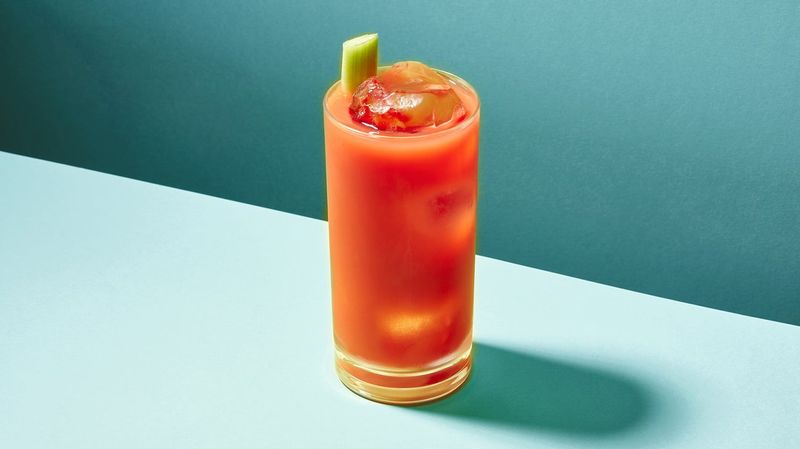
Natural energy drinks, even those labeled as organic, often contain caffeine and stimulants like guarana or ginseng. These ingredients can elevate blood pressure, posing a risk for those sensitive to such effects. While they promise a quick energy boost, it’s crucial to consume them in moderation and be aware of their impact on the body. Seeking alternatives like coconut water or herbal teas can offer hydration without the added risks.
24. Kombucha (in excess)

Kombucha, a fermented tea, has gained popularity for its probiotic benefits but can contain added caffeine or high sodium. These elements may affect blood pressure if consumed in excess. Exploring homemade versions allows control over ingredients, ensuring a healthier drink. Moderation is key to enjoying kombucha’s unique flavor and health benefits without adverse effects.
25. Coconut Water (with added sodium)
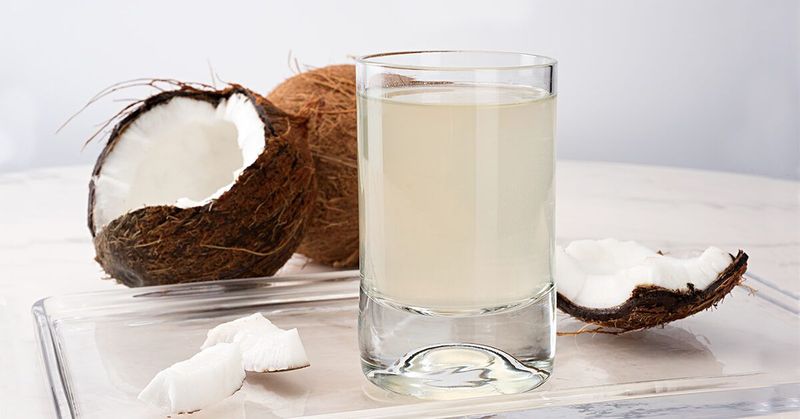
Coconut water is often touted as a hydrating beverage, but some brands add sodium chloride or potassium chloride. These additions can unintentionally contribute to increased blood pressure. Reading labels carefully and opting for pure coconut water without additives helps maintain its natural benefits. Enjoying it as a refreshing drink in moderation supports hydration without hidden sodium concerns.
26. Bone Broth

Bone broth is celebrated for its nutrient density, yet it can be extremely salty depending on preparation. Its rich flavor and health benefits make it a popular choice, but it’s wise to be mindful of sodium levels, especially when using store-bought versions. Making your own broth allows control over salt content, offering a heart-healthier option to enjoy its comforting warmth and flavor.
27. Himalayan or Sea Salt “Health Tonics”
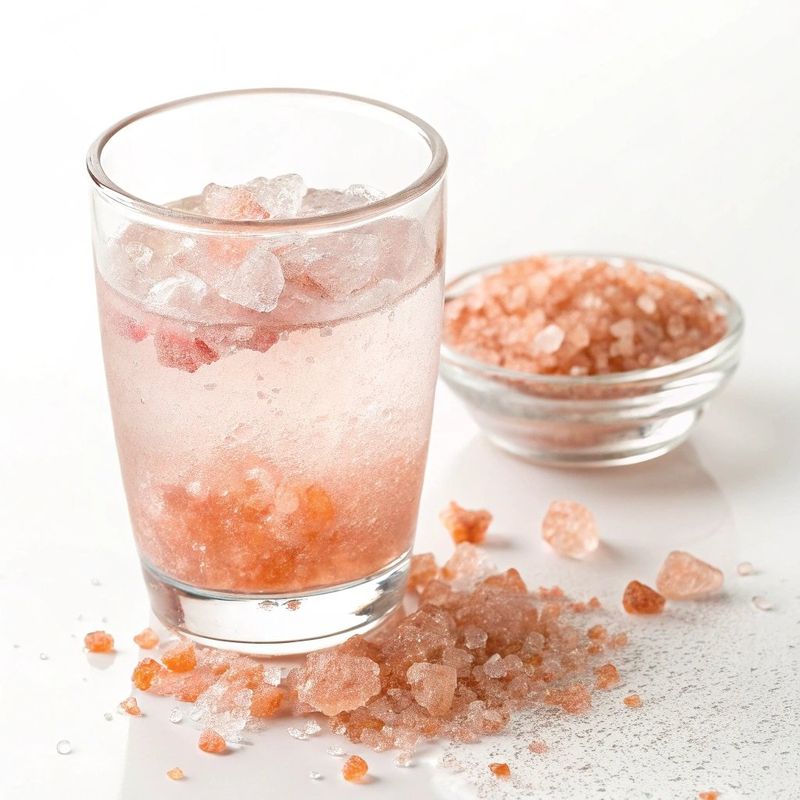
Himalayan or sea salt tonics are marketed as detox drinks but can quickly overload sodium intake. These concoctions, made with trace mineral salts, may offer a unique taste yet pose a risk for blood pressure if consumed frequently. Exploring alternative hydration methods without added salts ensures safer consumption. Balancing with fresh water and natural flavorings provides a refreshing choice for heart health.
